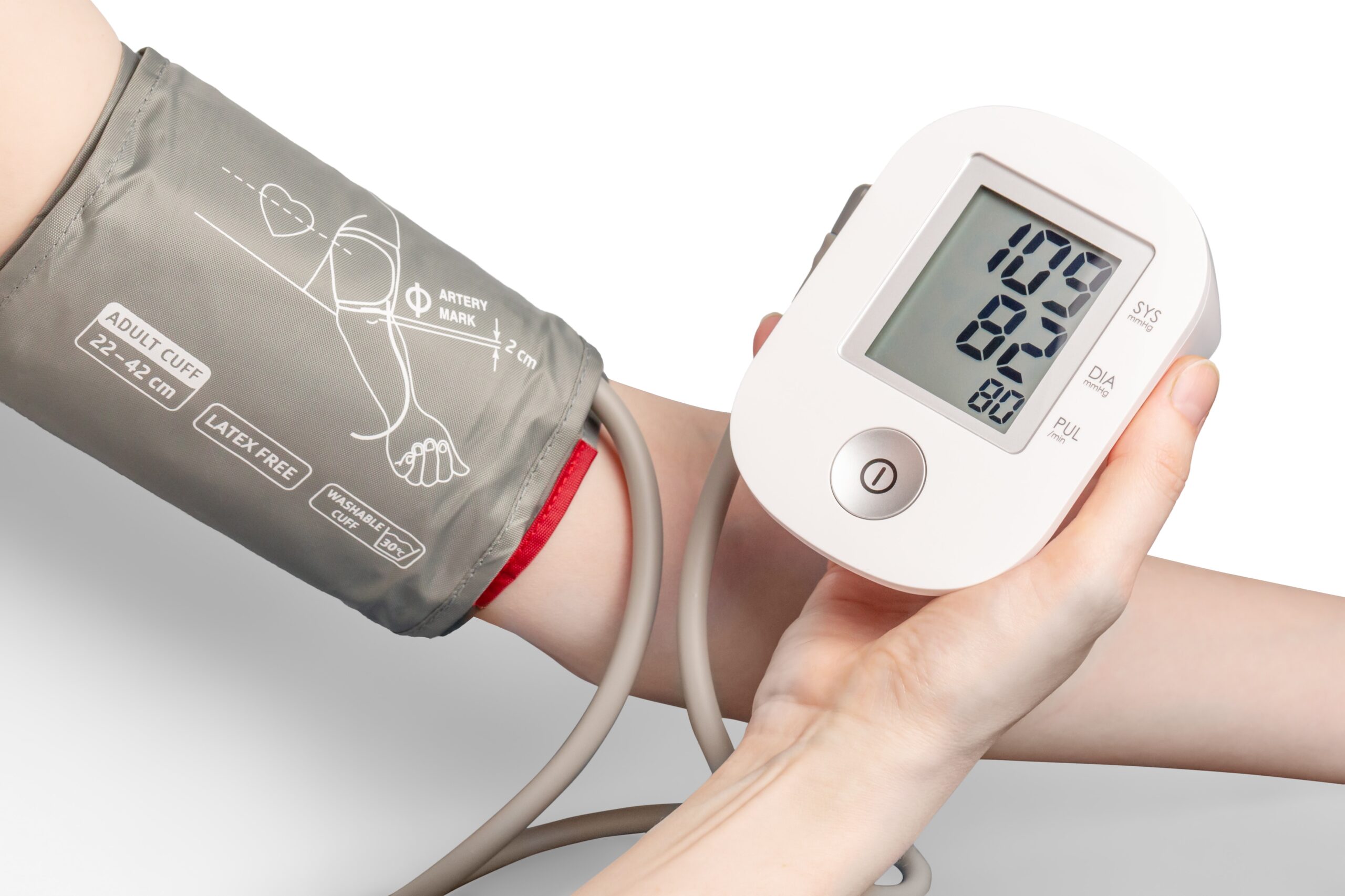Hypertension, also known as high blood pressure, affects millions of people worldwide and is a significant risk factor for heart disease and stroke. The good news is that you have the power to control it.
One simple way to maintain control is by monitoring your blood pressure at home, which offers remarkable advantages.
Doing so allows you to measure your blood pressure in a comfortable and familiar environment, reducing the anxiety often associated with clinical settings. What’s even more advantageous is that regular at-home monitoring provides you with a comprehensive view of your blood pressure trends over time, enabling early detection and effective treatment of hypertension.
Ahead, we’ll explore the in’s and out’s of monitoring your blood pressure levels on your own, at home.
Choose The Right Blood Pressure Monitor For You
First thing’s first, in order to monitor your own blood pressure, you’ll need to purchase a blood pressure monitor.
There are two main types of monitors, digital and manual, and each offer a unique experiences.
Digital monitors are known for their user-friendliness and are often recommended for home use. They provide you with clear and easy-to-read results.
Manual monitors require a bit more skill and practice but can be an excellent choice for those who prefer something a bit more no-frills and hands-on.
Master the Art of Taking Your Own Blood Pressure
Now that we’ve got the why covered, let’s talk about the “how.”
Measuring your blood pressure at home is as straightforward as it gets.
First, we highly recommend creating an atmosphere of relaxation.
Avoid caffeine, nicotine, and exercise for at least 30 minutes before taking a measurement.
Dedicate 5-10 minutes to peaceful rest before starting.
Sit comfortably with your feet flat on the floor, your back well-supported, and your arm resting at heart level.
Finally, ensure the cuff is correctly fitted to your arm and follow the manufacturer’s instructions closely.
Interpret and Record Your Readings
Now, let’s decode those numbers.
Blood pressure readings come in pairs: systolic pressure (the higher number) and diastolic pressure (the lower number).
Systolic pressure represents the force of blood against the artery walls when the heart contracts or beats. This measurement indicates the maximum pressure within the arteries during each heartbeat and is an essential factor in assessing cardiovascular health.
Diastolic pressure represents the pressure in the arteries when the heart is at rest between beats. It indicates the minimum pressure in your arteries, reflecting the force of blood flow during the relaxation phase of the cardiac cycle. Monitoring diastolic pressure is crucial as it provides insights into the resting state of your cardiovascular system and helps in assessing the overall health of your heart and blood vessels.
An ordinary reading might look something like: 120/80 mm Hg.
The American Heart Association recommends maintaining a blood pressure below 130/80 mm Hg.
Once you’ve got your reading, tracking is the next important step.
Keep a log of your readings, jotting down the date and time of each measurement. This treasure trove of information is invaluable during check-ups with your healthcare provider.
Pro-tip: Let Proxie help you with this! In the Proxie app, you can maintain a detailed record of your blood pressure readings. It makes tracking your progress a breeze and sharing this information with your healthcare team effortless.
Make Mindful Choices
Your journey to healthier blood pressure isn’t just about numbers; it’s about embracing a heart-healthy lifestyle. See a few of our simple recommendations below.
- Incorporate regular physical activity into your routine, and feel the energy and vitality surge through you.
- Maintain a healthy weight and savor the confidence it brings.
- Watch your sodium intake, and let your taste buds dance to the flavors of a diet rich in fruits, vegetables, whole grains, and lean proteins.
- Limit alcohol consumption and bid farewell to smoking.
Final Thoughts
Maintaining optimal blood pressure is a fundamental aspect of a healthy lifestyle, and regular monitoring is the cornerstone of this endeavor.
Remember, consistency is key, and investing in a reliable home blood pressure monitor can make this process convenient and accurate.
Pair your monitoring efforts with a commitment to healthy habits, such as regular exercise, a balanced diet, and stress management, and you’ll be on the road to healthy blood pressure in no time.
And if the world of blood pressure is completely new to you, don’t worry; you’re not on this journey alone. We’re here to lend a helping hand.
Our Proxie Care Navigators are trained to assist you with all of your healthcare needs – including selecting the perfect monitor and offering expert advice on its proper usage.
If you or a loved one is in need of support, please don’t hesitate to reach out and join our waitlist. Proxie is a comprehensive, at-home care assistant – made by carers for carers – to support you along your care journey.
